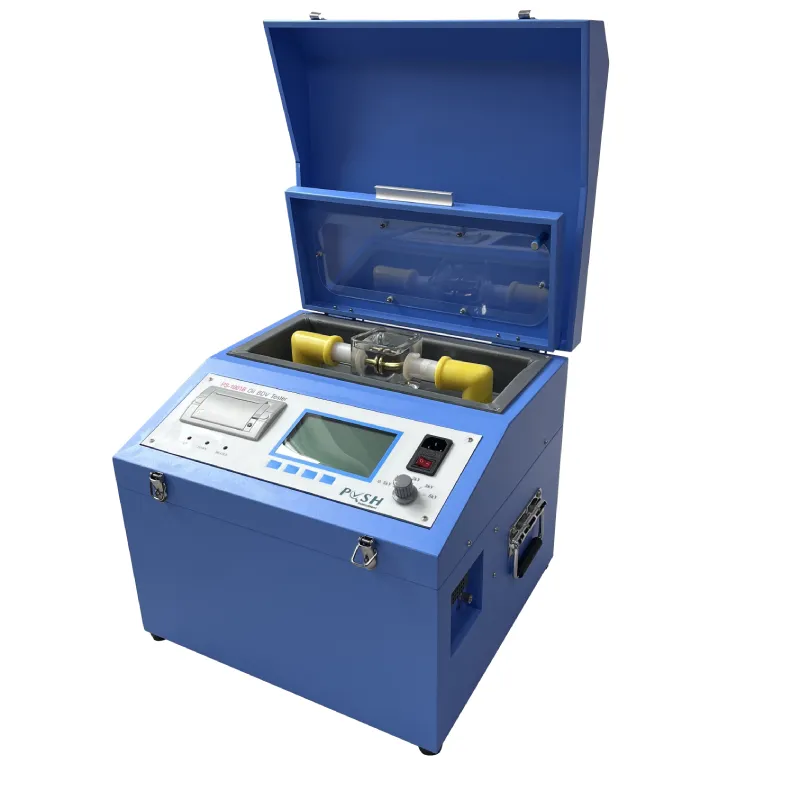 English
English


Load Test on Three Phase Transformer
Load Test on a Three-Phase Transformer A Comprehensive Overview
The load test of a three-phase transformer is an essential procedure that helps engineers assess the performance characteristics and efficiency of the transformer under varying load conditions. Conducting this test is crucial for ensuring the transformer operates optimally and can handle the electrical demands of its intended application.
Before initiating the load test, it is vital to prepare the transformer and the necessary equipment. The first step involves ensuring that all safety protocols are in place to protect personnel and equipment. The connections to the transformer should be securely established, and the measuring instruments—such as ammeters, voltmeters, and wattmeters—should be calibrated and ready for use.
Once the setup is complete, the transformer is subjected to a nominal voltage while gradually increasing the load. This process allows engineers to observe the behavior of the transformer and collect data on voltage, current, and power factor. During the load test, it is important to monitor the temperature of the transformer windings and the core, as excessive heat can lead to insulation breakdown and reduced lifespan.
The primary objective of the load test is to evaluate the efficiency of the transformer under full load conditions
. By measuring the input and output power, the efficiency can be calculated using the formulaload test on three phase transformer lab manual

\[ \text{Efficiency} (\%) = \left( \frac{\text{Output Power}}{\text{Input Power}} \right) \times 100 \]
Additionally, the test provides insight into voltage regulation, which indicates how well the transformer maintains its output voltage despite variations in load. A good transformer design will exhibit minimal voltage drop from no-load to full-load conditions.
After completing the load test, a thorough analysis of the collected data is essential. Engineers will examine the efficiency readings and voltage regulation figures to determine if the transformer meets the specified performance criteria. Any deviations from expected results may prompt further investigation into potential issues, such as winding resistance or core losses.
In summary, load testing a three-phase transformer is a critical procedure that ensures reliable and efficient transformer operation. By carefully monitoring performance metrics and adhering to safety standards, engineers can confirm that the transformer is capable of meeting the electrical demands placed upon it, ultimately contributing to the overall reliability of power distribution systems.
-
Differences between open cup flash point tester and closed cup flash point testerNewsOct.31,2024
-
The Reliable Load Tap ChangerNewsOct.23,2024
-
The Essential Guide to Hipot TestersNewsOct.23,2024
-
The Digital Insulation TesterNewsOct.23,2024
-
The Best Earth Loop Impedance Tester for SaleNewsOct.23,2024
-
Tan Delta Tester--The Essential Tool for Electrical Insulation TestingNewsOct.23,2024





